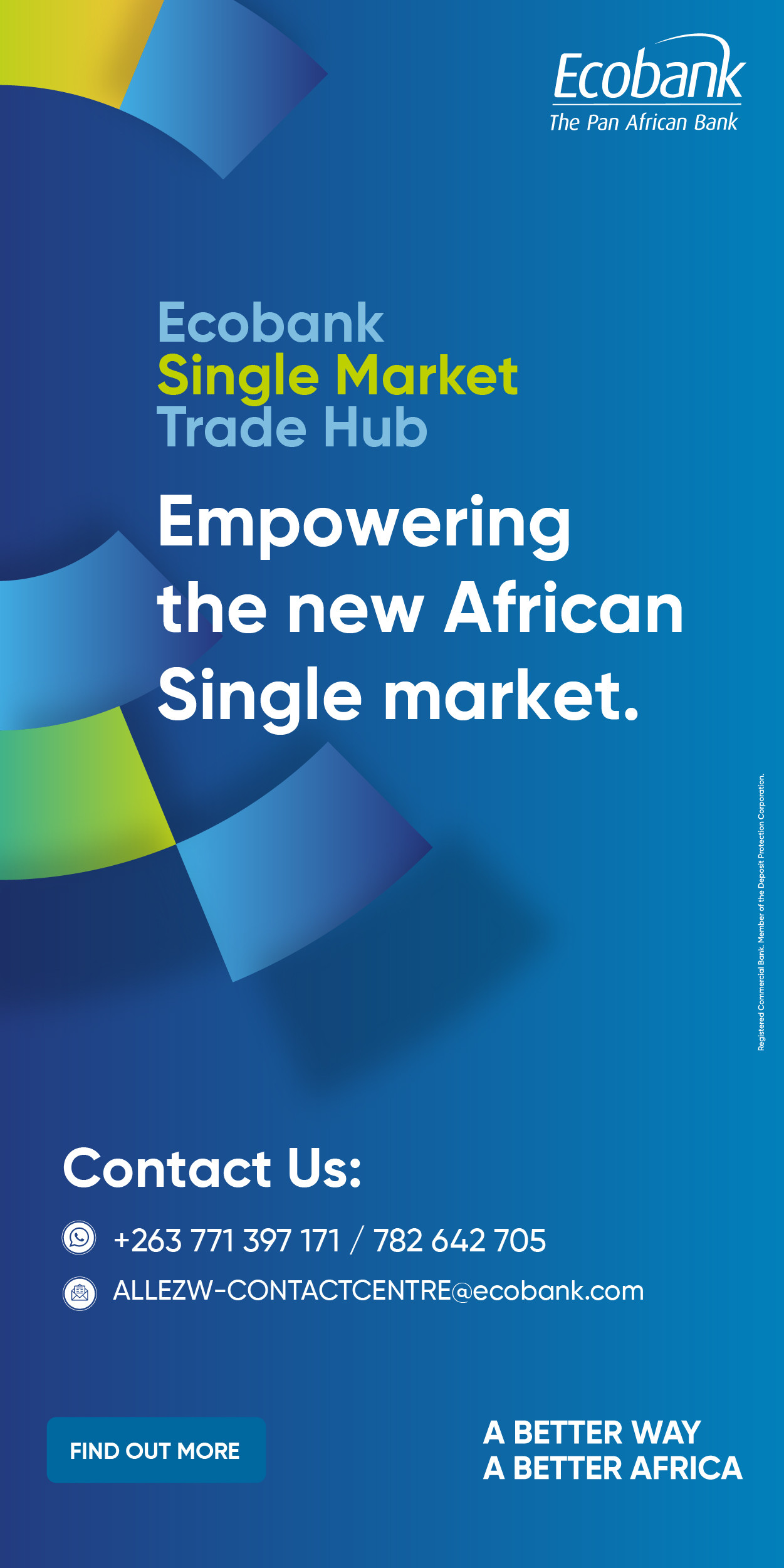- ZBFH expects to underwrite more business from newly issued credit lines, boosting loan book growth going forward
- Profit after tax rose 41% year-on-year, driven by stronger total income and lending activities
- Non-funded income surged to ZWG2.12 billion, powered by digital channels contributing 62% of total fees
Harare - ZB Financial Holdings Limited (ZBFH) is expecting to underwrite more business from newly issued credit lines, a move set to drive sustained growth in its loan book and strengthen its core lending operations going forward according to the latest trading updated for the third quarter ended 30 September 2025.
The expanded credit facilities are anticipated to improve the Group’s net interest income in the final quarter of 2025 and beyond.
‘’ The Group is expecting to underwrite more business from the newly issued credit lines which is expected to grow the loan book henceforth,’’ the company said.
For the period under review the bank reported a 41% surge in profit after tax, reflecting solid operational performance despite a challenging global environment driven by growth in total income, supported by both lending activities and non-funded income streams.
Total assets rose by 24% to ZWG17.77 billion, up from ZWG14.38 billion in December 2024. The increase was mainly attributed to a 56% jump in cash and short-term funds, underscoring the Group’s strong liquidity position.
Although mortgages and other advances declined by 11%, the company expects the expanded credit facilities to catalyse loan book growth going forward.
ZBFH’s non-funded income also recorded strong gains, rising to ZWG2.12 billion from ZWG1.43 billion in the prior period ,largely driven by the success of its digital banking platforms, which contributed 62% of total commissions and fees income.
Meanwhile , property income grew by 16%, buoyed by higher rental yields and property management fees, while exchange gains accounted for 27% of non-funded income due to the Group’s diversified foreign currency exposures.
On the cost front, the cost-to-income ratio increased to 73% from 64% in the same period last year, reflecting once-off expenses incurred during the period.
Customer deposits and other accounts climbed 34%, driven by effective client retention and customer-centric product innovations.
Looking ahead, the bank remains optimistic betting on the rebound in agriculture, manufacturing, mining and leveraging on digitalisation.
Equity Axis News





